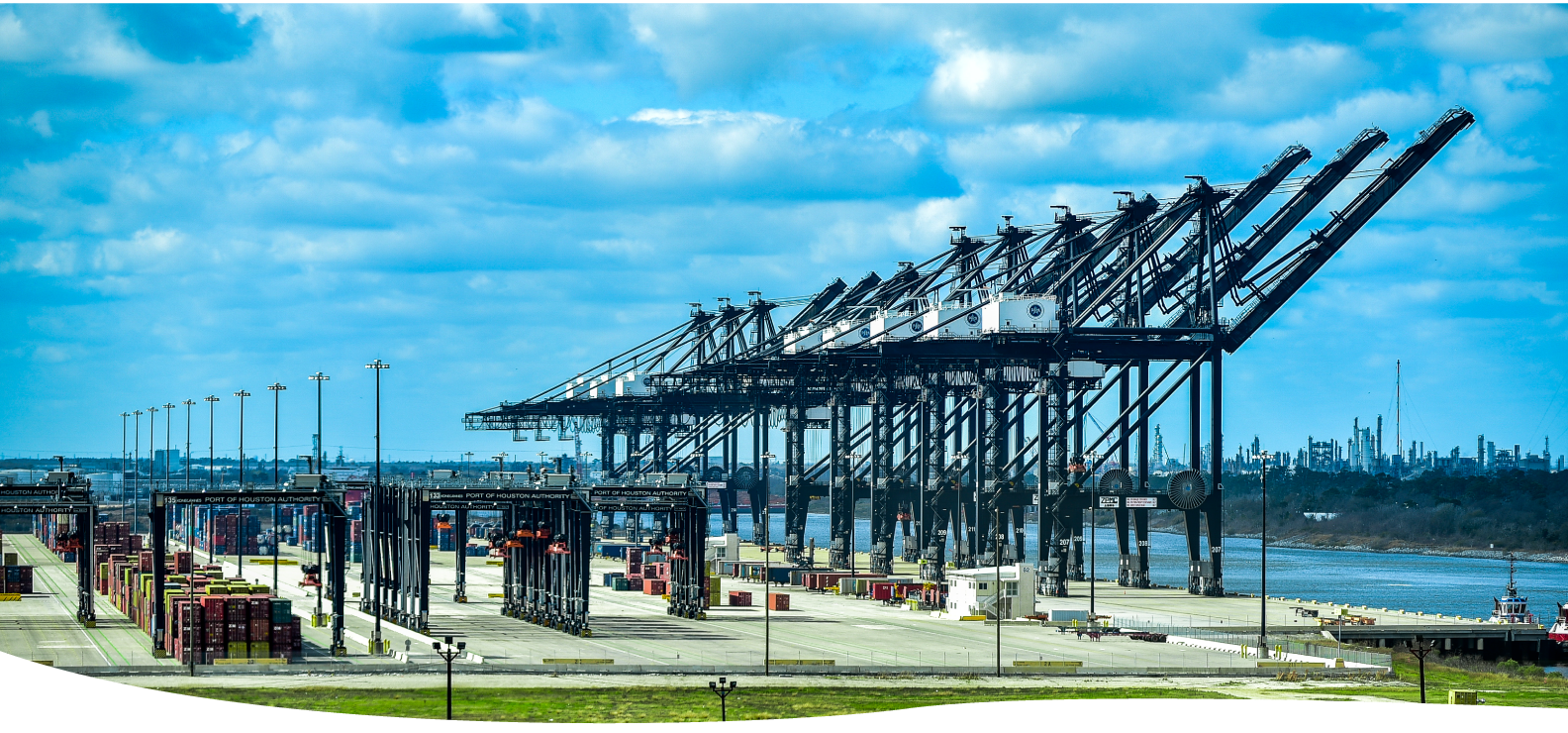Regions and Neighborhoods: Pasadena Looks to Leverage Quality of Life, Infrastructure Investments
Published Apr 05, 2022 by Brina Morales
From industrial roots to burgeoning city, Pasadena boasts rich culture, nature and a strong business sector. Located southeast of Houston, the community offers easy access to recreational activities, Hobby Airport, the Houston Ship Channel and Port Houston, making Pasadena an attractive location for businesses to relocate or expand. We spoke with Carlos Guzman, Pasadena Economic Development Corporation’s Executive Director, about the city’s strategic plans to increase community and economic development.
How does Pasadena contribute to the fabric of the Houston region?
Pasadena, the second largest city in the Houston MSA, is located about 20 minutes from downtown Houston, close but distant enough to have its own community identity. Major educational institutions and Port Houston call Pasadena home, along with over 5,000 small businesses and over 150,000 residents, making Pasadena a thriving and bustling community. Pasadena is also home to the country’s largest petrochemical complex, the Houston Ship Channel. Pasadena’s business-friendly environment and massive industry base--providing 280,000 jobs--are just a few reasons why businesses find success in Pasadena and why Pasadena is a key player in economic growth in the greater Houston area.
What are some unique characteristics that really set this area apart?
Pasadena is home to the largest volunteer fire department in the country and is one of the highest per capita volunteer cities in Texas. Pasadena is just 15 minutes from NASA’s Johnson Space Center, 20 minutes from Kemah Boardwalk and 15 minutes from Clear Lake. Pasadena is also home to one of the largest school districts in the state, Pasadena ISD, and one of the largest urban wilderness preserves in the country, Armand Bayou Nature Center (ABNC). ABNC contains 2,500 acres of the natural wetlands forest, prairie, and marsh habitats once abundant in the Houston and Galveston area. It is also home to over 370 species of birds, mammals, reptiles, and amphibians and offers hiking trails, exhibits, field trips, Scout programs, birding, a historic farm, and fun for the whole family.
Describe the business community in Pasadena. What are some of the most active industry areas?
The Pasadena business community is incredibly diverse. Pasadena has massive petrochemical industry players and locally-owned small businesses making great strides. Our leading industries for jobs are retail, health care and social services, education and accommodation and food services. We are learning more about Pasadena’s key industry sectors through our newly establish Business Retention & Expansion Program in collaboration with the Pasadena Chamber of Commerce and the Pasadena Loves Local (shop local) Program.
What attracts most businesses to relocate or expand in Pasadena?
Businesses relocate and expand in Pasadena due to the proximity to Port Houston, the access to three major freeway systems--I-45, State Hwy 225, and east Sam Houston Tollway or Beltway 8--for logistical ease and efficiency, and a qualified workforce in manufacturing, energy, health care, construction and more.
What are 4-5 signature spots to visit? Any hidden gems people need to know about?
With so many hidden gems and signature spots in Pasadena, it is hard to choose just a few; Armand Bayou Nature Center, the nation’s largest urban wilderness preserve, El Jardin Beach & Park, Silver Sycamore – a restaurant with B&B cottages and event venue. Now that the weather is warming up, you can make a trip to Strawberry Waterpark or any of Pasadena’s 50 parks and miles of trails. including Heritage Park & Museum, and our upcoming Pasadena Strawberry Festival from May 20-22, 2022.
What is the most exciting thing on the horizon for Pasadena right now?
Because Pasadena is so rich with history as an established community, the Pasadena Economic Development Corporation (PEDC) has been working on a comprehensive, strategic approach to the redevelopment of historic Pasadena, specifically Downtown Shaw District, and nearby major corridors, closest to Hwy 225 in the city’s northern end deriving from PEDC’s Economic Development Strategic Plan. PEDC has awarded $100K in grants for business façade improvement projects through the Business Enhancement Program. In collaboration with our City of Pasadena officials, PEDC has also repaved the area’s streets and sidewalks. In addition, a recently completed mural project makes for area beautification and tourism stimulation and has become a community-favorite.
What is missing from the conversation about Pasadena?
Pasadena values workforce development as a key priority with major educational institutions working tirelessly to keep homegrown talent in Pasadena. Over 50,000 students call Pasadena ISD home base. The school district’s Career & Technical High School, along with CTE programs in each of the additional five high schools in the district, have top-notch programs and faculty created to fill the technical skillsets that are constantly in-demand in the southeast region. San Jacinto College’s LyondellBasell Center for Petrochemical, Energy and Technology is also a key institution in the skilled workforce development industry to fill a direct need in the massive petrochemical industry base in Pasadena. Pasadena is a big city with small-town characteristics that make for a unique and thriving place to work, play, live and invest.
 The Houston Report
The Houston Report



















